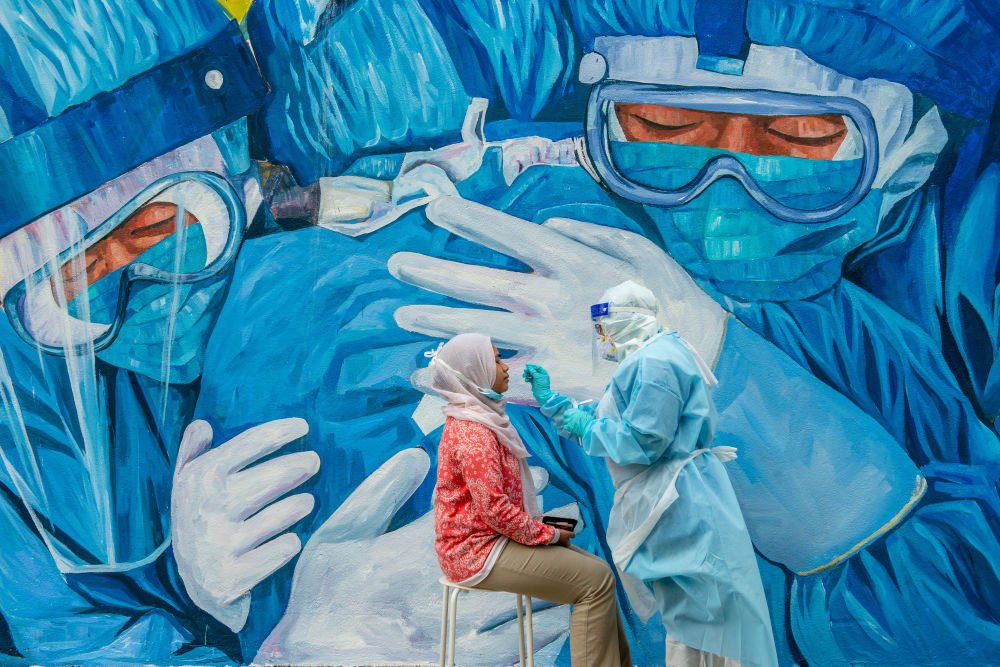December 16 The novel coronavirus epidemic is the world’s worst infectious disease pandemic in the past hundred years. Its impact is wide, the number of deaths, and the difficulty of fighting is rare in history.
The pandemic of the century is a collective “big test” for the world. Looking back on this “epidemic” year, people are more truly aware that the destiny of mankind is shared, and all countries must work together to build a human health community and jointly protect the earth home of mankind.
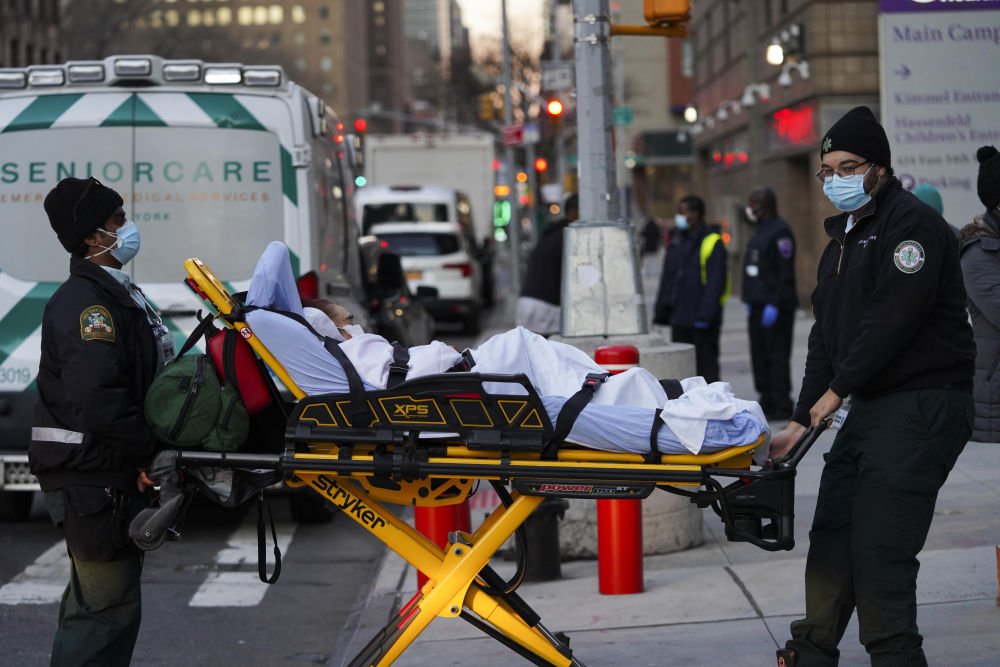
“Epidemic” test: once-in-a-century pandemic suddenly comes
On January 30, 2020, local time, Tedros Tedros, Director-General of the World Health Organization, announced in Geneva that the COVID-19 epidemic constitutes a “public health emergency of international concern” and sounded the highest level of global public health warning.
In the next six weeks, the number of confirmed cases worldwide soared from less than 10,000 to 120,000. Tedros announced on March 11 that the coronavirus epidemic can be called a pandemic by characteristics.
In history, infectious disease pandemics that have hit human society have appeared many times. In the mid-14th century, the plague known as the “Black Death” swept through Europe, and about one-third of the population died from the plague.
The Spanish flu outbreak in 1918 killed tens of millions of people around the world. But how many people can imagine that in the 21st century, infectious disease pandemics still pose a great threat to human life and health!
WHO statistics show that the cumulative number of confirmed cases of COVID-19 worldwide has soared “accelerated” to 10 million on 29 June, and the time for each additional 10 million cases has been shortened: 44 days, 37 days, 31 days, 21 days, 17 days, after exceeding 60 million cases on 26 November It exceeded 70 million cases on December 13.
Open the epidemic statistics map, and few countries on earth are spared. Compared with the historical epidemic, the prevention and control of the novel coronavirus epidemic is very difficult. An important reason is that the virus is too “cunning” and has high concealment.
It is still difficult to say that people have a thorough understanding of the novel coronavirus, and there are still many scientific questions to be answered, such as whether the infectivity and pathogenicity of the virus will be reduced.
From the perspective of prevention and control practice, how to maintain a balance between epidemic prevention and economic protection, and how to do better in normalization of prevention and control tests the governance ability and level of countries.
Politicians from some countries spread false information about the epidemic, but their own ineffective fight against the epidemic attempt to “blame” other countries, which interferes with the overall situation of international anti-epidemic cooperation.

“Epidemic” battle: “Light at the end of the tunnel” has appeared
Standing at the end of the year to resume the battle against the “epidemic”, the world as a whole and the “answer paper” handed over by different countries is clearer. At the same time, there is a growing belief that “this will be the first epidemic in history that can be controlled”.
There are three reasons: we have a scientific understanding of the epidemic and the virus in the first place; we have continuously summarized effective prevention and control measures in practice; the scientific research on drugs and vaccines has advanced rapidly, especially the development of vaccines has progressed smoothly, which makes people begin to see the “light at the end of the tunnel”.
Unlike decades ago, the rapid development of technologies such as genome sequencing has greatly shortened the time for humans to “decipher” unknown viruses.
For example, it took only one week in China from the discovery of the novel coronavirus epidemic to the isolation of the virus strain; from the isolation of the pathogen to the initial development of the test kit, it only took three days.
China isolates and identifies virus strains and shares the whole genome sequence of the virus with the world, which provides an important basis for scientists around the world to carry out drug, vaccine and diagnostic research.
In the practice of anti-epidemic, people around the world have gradually accepted a series of scientific epidemic prevention measures, from wearing masks to social distancing, from rapid identification of cases to comprehensive tracking of close contacts, from isolation of cases to “lockdown” if necessary.
Children start the online course mode, adult telecommuting u2026u2026 various new technologies not only help fight the epidemic, but also promote people’s “cloud” learning, work and lifestyle transformation during the epidemic.
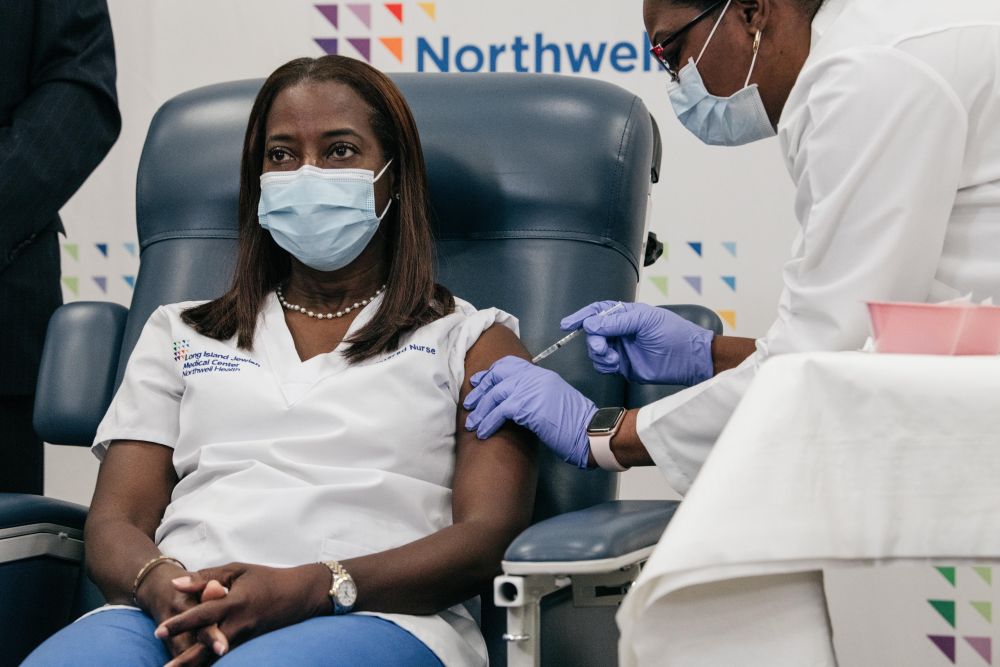
The research and development of coronavirus drugs and vaccines has progressed unprecedentedly. WHO quickly convened scientists around the world to draw up a “road map” for COVID-19 research, which has identified short- and medium-term scientific research priorities.
Drug research and development is “multi-way”, the screening of existing drugs has been accelerated, and the research and development of specific drugs is round and night, and the effect of traditional Chinese medicine has also attracted attention.
Researchers from China, the United States and Europe have pushed forward on multiple fronts and started to develop a coronavirus vaccine with different technical routes at the first time.
Recently, there has been frequent positive news about the coronavirus vaccine: the United Arab Emirates and Bahrain have officially registered the inactivated vaccine of the COVID-19 vaccine of China National Pharmaceutical Group.
The vaccine developed by German Biotech Company in cooperation with Pfizer Pharmaceutical Co., Ltd. of the United States has been approved for emergency use in the United Kingdom, the United States and other countries.
France, Romania, Portugal, Mexico Colombia and other countries released vaccination strategies, and Russia, the United Kingdom and the United States launched large-scale vaccinations.
Richard Houghton, editor-in-chief of the international authoritative medical journal The Lancet, said he has seen many epidemics and humanitarian emergencies around the world, but “have never seen such a rapid response from the global scientific community”.
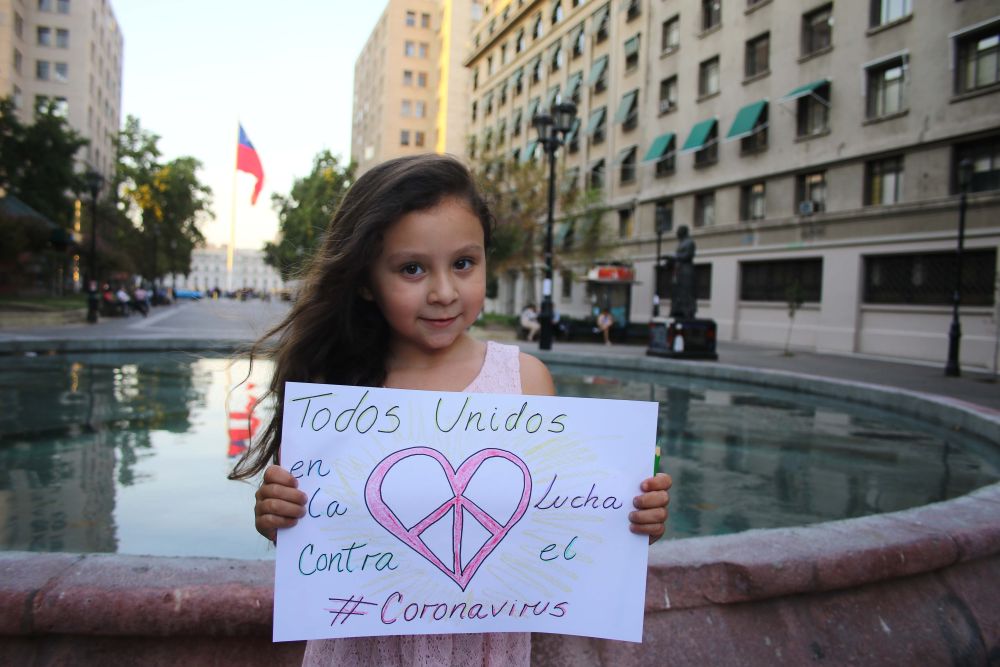
The enlightenment of the “epidemic”: unity and cooperation are the most powerful weapons
Historically, every epidemic has paid a heavy price to mankind, but human society has also made progress in the fight against the epidemic.” The Black Death” has led to rethink the importance of cleanliness in cities, cholera in the 19th century triggered large-scale urban redevelopment projects, and the Spanish flu has made people aware of the importance of social public health system intervention and influenza prevention.
What enlightenment will the coronavirus epidemic bring to the world?
First of all, solidarity and cooperation are the most powerful weapons for mankind to fight against the epidemic. The virus knows no borders, and the epidemic knows no race.
In the face of the novel coronavirus, the common enemy of all mankind, only by helping each other and watching each other can we overcome the difficulties together. As Tedros said, “No one is safe until everyone is safe.” At different stages of the pandemic, including China, various countries and regions have carried out different forms of coordination and cooperation, which is demonstrating the spirit of mutual support and solidarity.
Secondly, the major powers should play an exemplary role, provide more global public goods, assume the responsibility of major powers, and show the responsibility of major powers.
While doing a good job in epidemic prevention, China launched the largest global humanitarian action since the founding of New China, provided anti-epidemic assistance to more than 150 countries and 9 international organizations, sent 36 medical expert groups to 34 countries in need, and announced that China’s coronavirus vaccine was completed and put into use. It will be a global public good.
The international community has generally praised China for setting an example for promoting international cooperation in the fight against the epidemic.
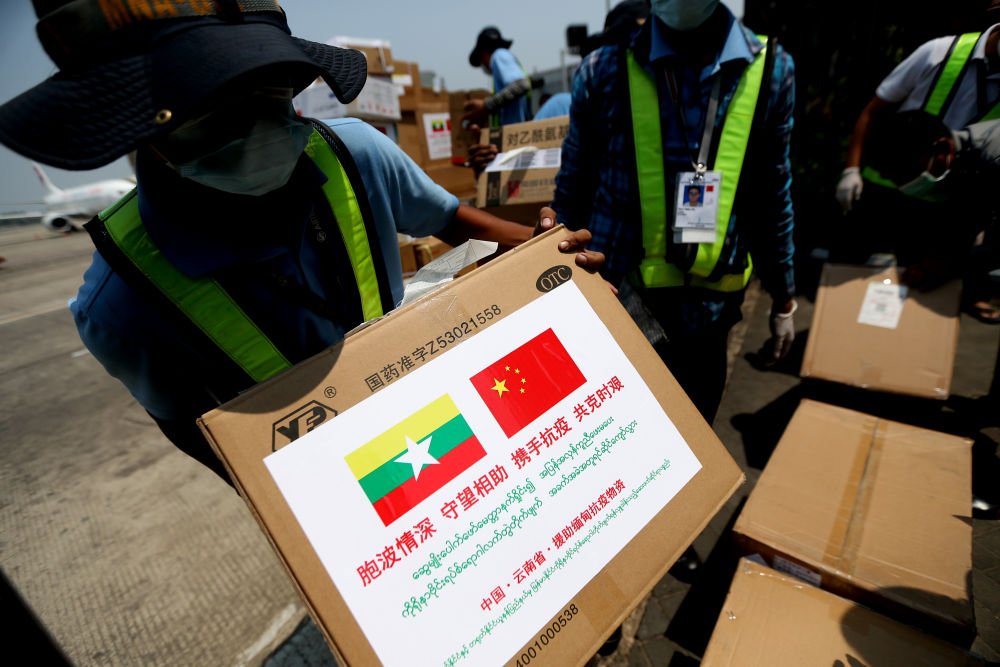
Third, respect science. United Nations Secretary-General Guterres repeatedly stressed: “This is a time of science and solidarity.” Historically, scientific development and technological innovation have been indispensable for mankind to overcome major disasters and epidemics.
In the face of the novel coronavirus full of unknowns, China and other countries asked science for answers and methods to strengthen confidence in the fight against the “epidemic” for mankind.
Looking around the world, some countries have also pursued political priority strategies, delaying the opportunity to fight the “epidemic”. The epidemic is intensifying and the severity is alarming.
Fourth, life first. China has withstood the test in the “big test” of the novel coronavirus. The important thing is to adhere to the concept of “people first, life first”.
Different countries’ national conditions may adopt different response models in the face of the pandemic, but life is more important than everything. The right to life and health, as “key human rights”, should become the fundamental starting point for countries to fight against the epidemic.
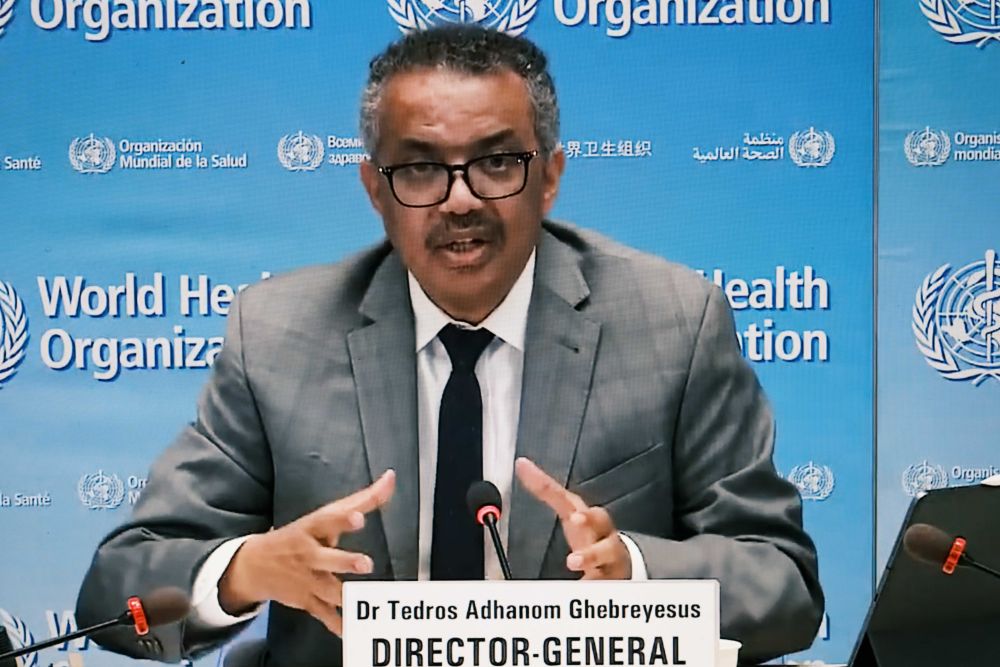
Tedros once said, “We will lose alone; we will win with one mind.” The “big test” of the coronavirus shows that the lives and health of people of all countries have never been so closely linked and closely.
The COVID-19 epidemic is still spreading around the world, and various new infectious diseases may continue to invade human beings in the future. However, as long as all countries work together to protect human life and health, they will certainly overcome the COVID-19 epidemic and other public health crises.


